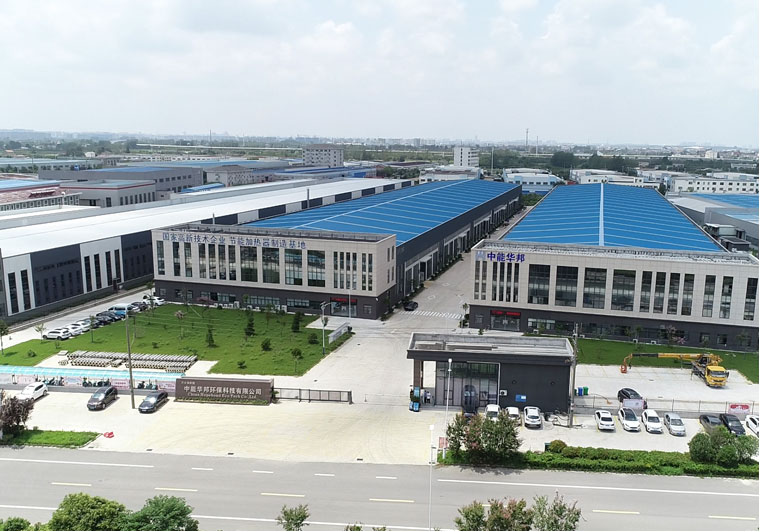Heating Equipment
Thermal resistance is a physical quantity that measures the resistance of a material or component to heat flow and is the reciprocal of the thermal conductivity.
In PCB circuit design, thermal resistance evaluates package heat dissipation to prevent overheating. It has two related values:
Specific thermal resistance (Rλ) is a material constant, expressed in K∙m/W or ft²∙h∙°F/Btu, used to compare materials. It is the reciprocal of the thermal conductivity and the absolute thermal resistance per unit area. It is an r value expressed in imperial units and an rsi value expressed in International units.
Absolute thermal resistance (Rθ) : The unit is K/W or °C/W, which is the property of a certain amount of material. Once the material and size are determined, it measures the resistance of the part to heat flow, which depends on the amount of material used.
To measure thermal resistance, it is usually necessary to know the heat flow rate, the geometric size of the material and the temperature difference between the two sides, and then calculate according to the relevant formula.
Factors affecting thermal resistance:
1. Material characteristics: the thermal resistance of different materials is different, the thermal conductivity of metal is high, the thermal resistance is low, and the ceramic and plastic are the opposite.
2. Geometric size: the same material, the greater the thickness of the greater the thermal resistance, the greater the heat dissipation area, the smaller the thermal resistance.
3. Contact interface: The parts are not in close contact, and the presence of air gaps will increase the thermal resistance, which can be reduced by using media such as thermal conductive silicone grease.
4. Environmental factors: ambient temperature, humidity and air flow rate will affect the thermal resistance, the air flow rate is fast, the heat dissipation is good, and the thermal resistance is small.
Application of thermal resistance in different fields:
1. Construction field: Evaluate the performance of insulation materials, select appropriate thermal resistance materials, reduce heat transfer and reduce energy consumption.
2. Heat dissipation of electronic equipment: the key indicator to measure the performance of the heat dissipation system, optimize the design of the heat sink, select thermal conductive materials to reduce thermal resistance, and ensure the normal operation of the equipment.
3. Aerospace: accurate calculation and control of thermal resistance, protection of aircraft fuselage and internal equipment.
4. Energy field: Controlling thermal resistance is important to improve energy conversion and transmission efficiency such as solar collectors and geothermal systems.
Product Parameter
| Model | Graduation mark | Temperature range | Mounting& Fixing |
| WRN | K | 0-1000°C | 1.without Fixing Device 2.Threaded Connector 3.Movable Flange 4.Fixed Flange 5.Elbow Tube Connection 6.Threaded Cone Connection 7.Straight Tube Connection 8.Fixed Threaded Tube Connection 9.Movable Threaded Tube Connection |
| WRE | E | 0-700°C | |
| WRF | J | 0-600°C | |
| WRC | T | 0-400°C | |
| WRP | S | 0-1600°C | |
| WRQ | R | 0-1600°C | |
| WRR | B | 0-1800°C | |
| WRM | N | 0-1100°C |
Shipment
provides customers with quality and safe transportation.

Sensing the Temperature: The thermostat in an immersion heater utilizes advanced temperature sensors such as thermistors or bi-metallic strips to constantly mon...
READ MORESinton, a global manufacturer of industrial heating systems, has officially released a new technical white paper titled “Fundamentals of Organic Heat Carrier Bo...
READ MOREOil Quality Management The foundation of contaminant control in an oil circulation heater lies in maintaining high-quality circulating oil. The performance and ...
READ MOREIn the context of the global energy and chemical industry's continuous transformation towards safety, efficiency and intelligence, China's high-end industrial e...
READ MOREOrganized fire safety drills To enhance safety awareness within the industrial park and in response to the "119" Fire Safety Awareness Month, on November 29th,...
READ MORE